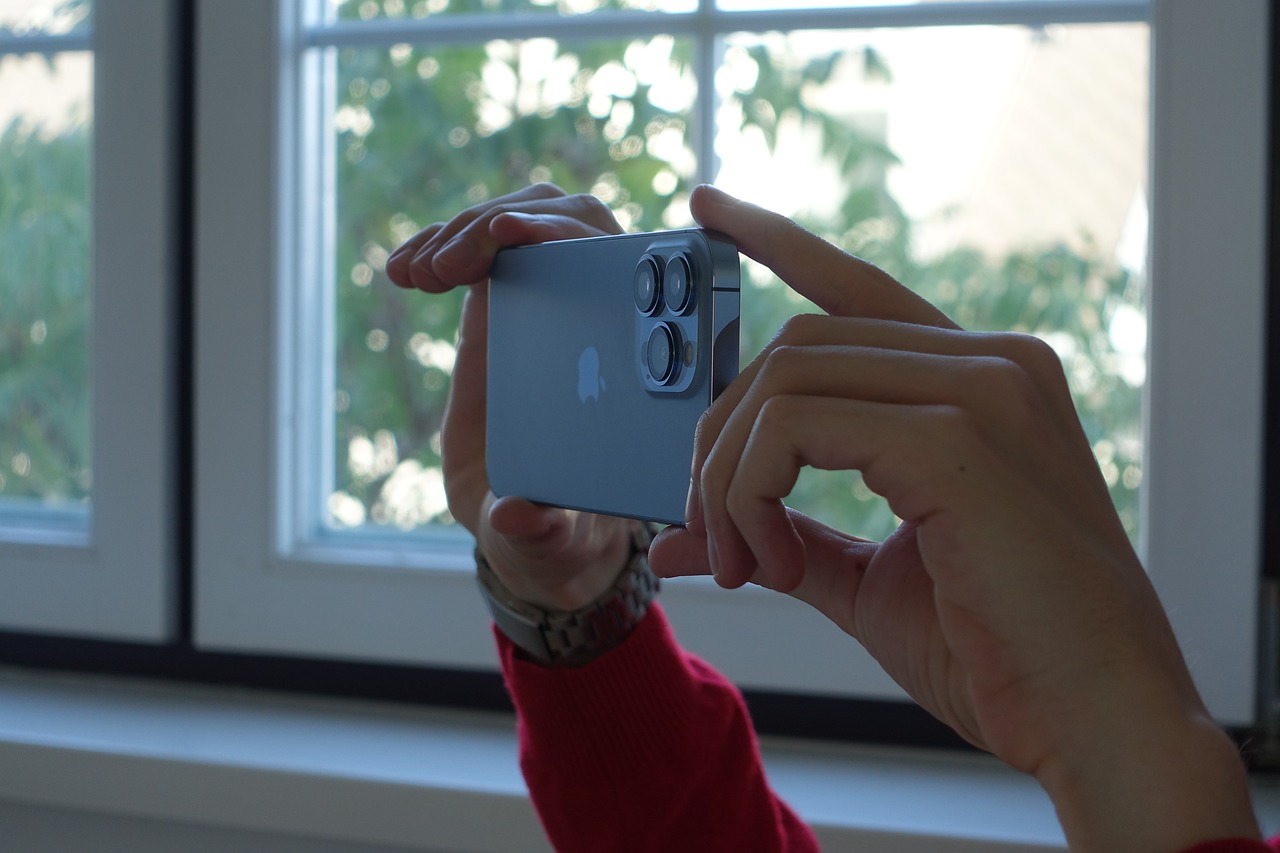Do you know why current smartphones have multiple cameras?

February 6, 2023
Okay, we all agree that the camera is one of the most important aspects when you want to buy a new mobile. So, manufacturers have been working hard to improve its performance. For that reason, since 2011, multiple rear camera phones have been released, the first devices were the dual-camera smartphones and a couple years later, mobile phones with three or more rear cameras entered the market and have since become the norm.
However, this might raise a few questions for those that don’t fully understand how smartphone cameras work. Why do smartphones have so many cameras? What does each camera do? Does a smartphone with more cameras take better pictures? Let’s take a look.
Why do phones have more than one camera?
To start with, it’s important to understand that if your phone has more than one camera it’s because it was created with the aim of improving the photographic capabilities of the smartphone. Usually, each camera has a different angle-of-view, which means one camera can fit more things in the shot (wide-angle) than another (telephoto).
Some phones have a monochrome sensor for increased light sensitivity, while others offer depth information. Furthermore, data from the different cameras can be combined into a clear photo with seemingly shallow depth-of-field and good low light capability.
Optical zoom
On the other hand, the presence of multiple cameras with different focal lengths is what makes it possible for smartphone cameras to achieve their version of optical zoom.
Thus, by switching between a camera with a wide angle-of-view and one with a narrow angle-of-view, the camera is able to zoom in and out without experiencing as much picture quality loss as you would when using digital zoom.
What does each camera on a mobile phone do?
Primary camera
Its design depends from one manufacturer to another, but in short, the main camera on most mobiles includes a wide-angle lens with a short focal length that gives it a wider angle of view.
This camera is perfect if you enjoy shooting things like landscapes, street photography or a large group of people without stepping too far back. Moreover, this kind of lens allows a lot of light in and has a deep depth-of-field which means everything in your shot remains in focus.
Ultrawide-angle camera
With this lens you’ll be able to capture more than a scene as it has a shorter focal length and therefore a much wider angle of view. Therefore, it’s possible to stand at the bottom of a tall building and fit the entire structure in your shot.
Telephoto camera
Okay with the help of this camera you can get a longer focal length, which means that instead of getting a shot that captures the entire scene, you can zoom into one particular area. As you see, some smartphones use software to match the data from the other cameras to create a smooth zoom effect as the camera unit switches between the wide lens and the telephoto lens.
Monochrome sensor
Keep in mind that a monochrome (black and white) sensor has no colour filter array which means it can capture sharper images than a colour sensor. It also means that the monochrome sensor is more sensitive to light which is good for low light situations. Hence, pictures taken in true black and white (not processed through a filter) are known to be sharp and full of contrast.








